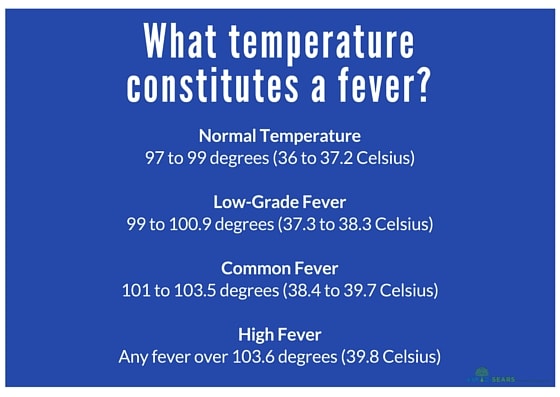Temp fever too high. Fever & Temperature In Adults: When To Worry
When should adults worry about a fever? This article explores the purpose of fever, signs of high fever, and when to seek medical attention for a fever.
Understanding Fever in Adults
Fever is an elevated body temperature, defined as 100.4°F (38°C) or higher. It is the body’s natural response to fight off an infection by raising the temperature to create an unfavorable environment for germs. While fevers are often associated with illness, they can sometimes occur without any other symptoms present.
What Constitutes a High Fever in Adults?
A high-grade fever in adults is considered 103°F (39.4°C) or higher. However, it’s important to note that normal body temperature can vary, with a range of around 97°F (36.1°C) to 99°F (37.2°C). The long-held belief that 98.6°F (37°C) is the standard “normal” temperature is now considered a myth, as research suggests average body temperatures have decreased over time.
Can a Fever Be a Sign of COVID-19, Even If Vaccinated?
Yes, it is possible for a fully vaccinated person to experience a fever as a symptom of a breakthrough case of COVID-19. However, this is not highly likely. Breakthrough cases in vaccinated individuals tend to result in milder symptoms compared to unvaccinated individuals, including fever.
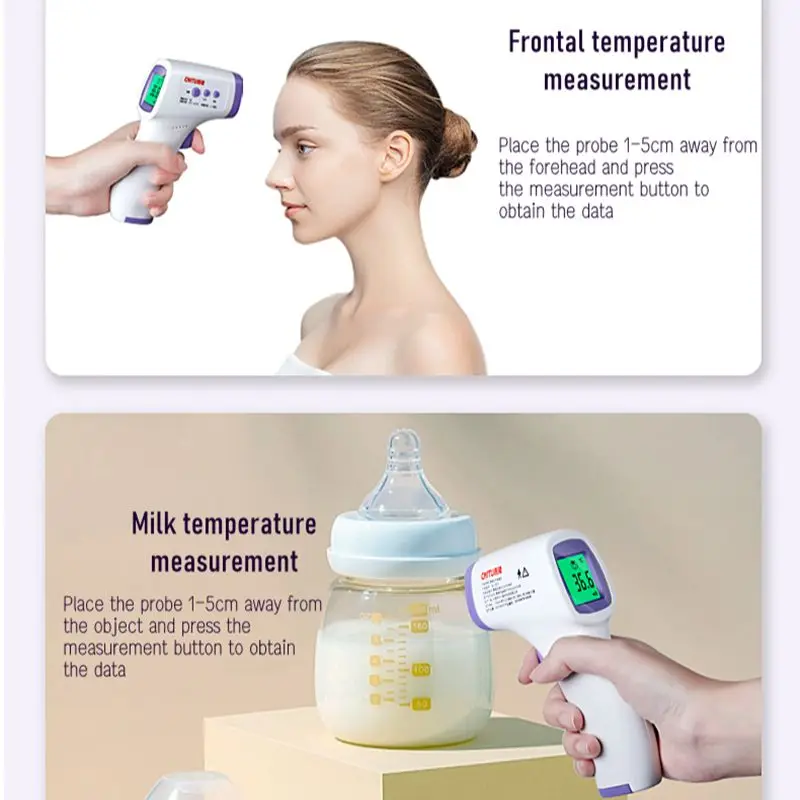
When Should Adults Seek Medical Attention for a Fever?
Adults should seek medical attention for a fever if:
- The temperature is high and does not go down with medication like Tylenol or Advil
- The fever lasts several days or keeps returning
- The person lives in an area with high COVID-19 transmission
- The person has serious underlying health conditions like diabetes, heart disease, cancer, lupus, or sickle cell anemia
- The person is pregnant
- The person has recently traveled internationally or has a history of frequent infections
- The person is on chemotherapy and the fever lasts longer than one hour
- The person has recently been bitten by a tick
Why Do Fevers Sometimes Occur Without Other Symptoms?
It is possible for adults to develop a fever with no other accompanying symptoms. This is often the case with viral infections, such as COVID-19, the common cold, the flu, bronchitis, or a stomach bug. These types of infections can commonly cause a fever that goes away on its own within a few days.
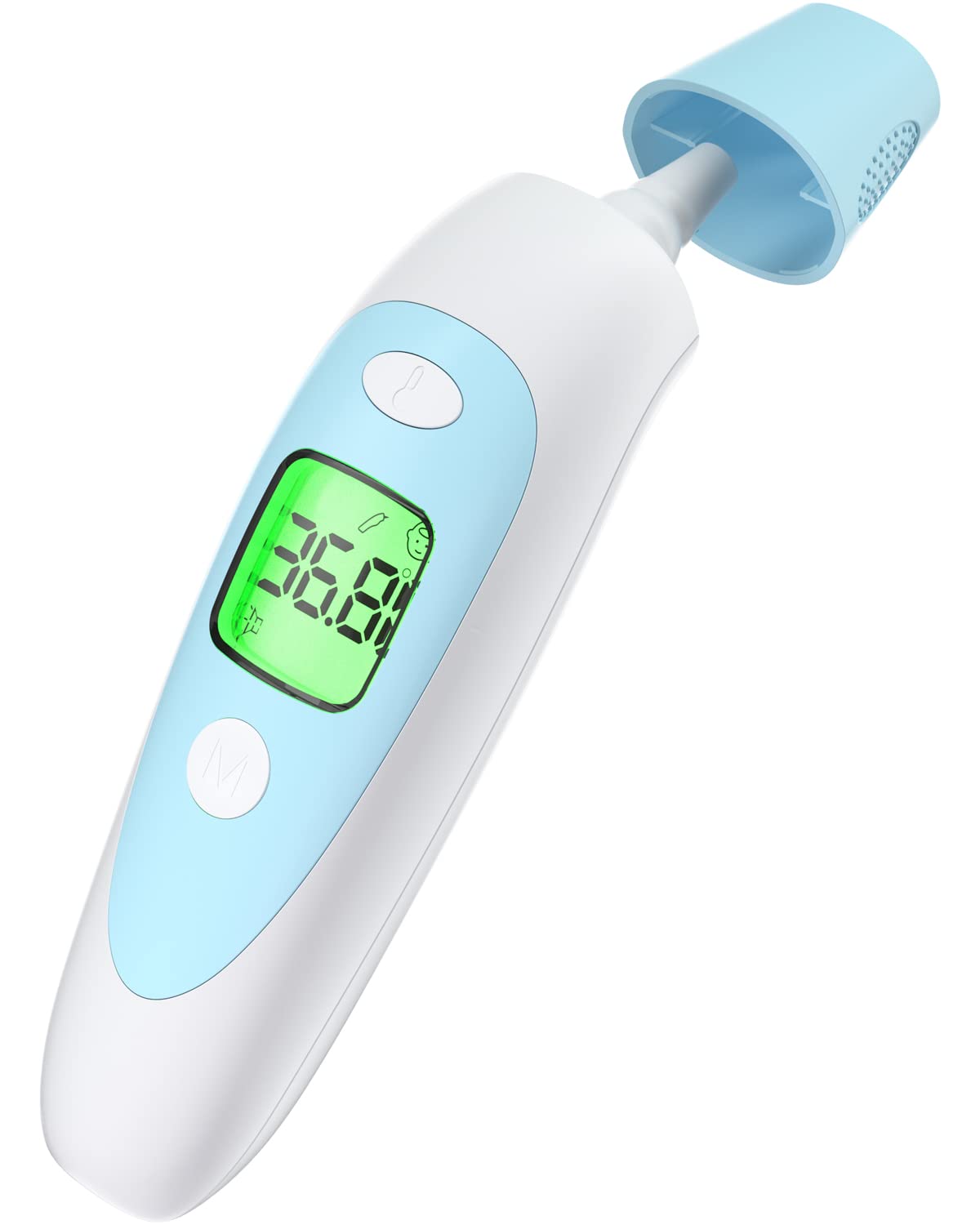
Is It Still Normal for Body Temperature to Be 98.6°F?
No, the long-held belief that 98.6°F (37°C) is the standard “normal” body temperature is now considered a myth. Research suggests average body temperatures have decreased over time, and a normal temperature range is now considered to be between 97°F (36.1°C) and 99°F (37.2°C).
Key Takeaways
Remember these important points about fever in adults:
- A fever is the body’s natural response to fight infection, and is often a good sign the immune system is working
- A high-grade fever in adults is 103°F (39.4°C) or higher
- Fully vaccinated individuals can still experience a fever as a symptom of a COVID-19 breakthrough case, but this is not highly likely
- Seek medical attention for a fever if it is high, persistent, or accompanied by other worrying symptoms or health conditions
- The long-held “normal” body temperature of 98.6°F (37°C) is now considered a myth, with a wider range of 97°F (36.1°C) to 99°F (37.2°C) considered normal
When to Worry About a Fever
While fevers are often a sign that the body is working to fight off an infection, there are certain cases where a fever may warrant medical attention. Adults should seek medical care if their temperature is high and does not respond to fever-reducing medications, if the fever lasts several days or keeps returning, or if they have certain underlying health conditions that could be impacted by a fever.

Additionally, adults who are pregnant, have recently traveled internationally, or have a history of frequent infections should also see a doctor if they develop a fever. Those undergoing chemotherapy should seek immediate medical attention if a fever lasts longer than an hour.
It’s important to note that not all fevers require a trip to the emergency room. Many viral infections that cause fever in adults, such as COVID-19, the common cold, or the flu, will resolve on their own within a few days. However, when in doubt, it’s always better to err on the side of caution and get medical evaluation, especially if the fever is high or persistent.
Fever Myths and Facts
One common myth about body temperature is that the “normal” reading is always 98.6°F (37°C). However, research shows that the average normal body temperature has decreased over time, and a wider range of 97°F (36.1°C) to 99°F (37.2°C) is now considered typical.
Another important fact is that fevers are usually a sign the body is working to fight an infection, and are not necessarily a bad thing. In most cases, fevers in adults are caused by viral infections that will resolve on their own. However, certain high or persistent fevers may require medical attention, especially if the individual has underlying health conditions that could be impacted.

Overall, it’s important for adults to understand the purpose of fever, recognize the signs of a high fever, and know when to seek medical care. By being informed and proactive, individuals can ensure they receive the appropriate treatment and support when dealing with a fever.
Fever & Temperature In Adults: When To Worry
Karen Justiniano, DO, MS, Stamford Health Medical Group
Looking for a Primary Care Physician (PCP)?
Let us help you find the right doctor for your needs.
Explore Your Options
A friend of mine whose father is 70 years old told me her story. It went something like this:
“My father never gets fevers. Out of nowhere the other day, he developed a 103 temperature with no other symptoms. He is also fully vaccinated against COVID-19. My mother brought him to the emergency room. Did she do the right thing, or would he likely have been fine if he stayed home and let the fever run its course?”
As a physician who cares for a variety of people with a variety of conditions, I have to say of course she did the right thing! When in doubt or when concerned, seeking medical attention is the smart thing to do.
But the longer answer is a little more complicated than that. It all starts with breaking down the purpose of a fever, and when you should truly worry. Please note—fevers in infants or young children are sometimes a different story—what you are about to read relates to adults only.
Please note—fevers in infants or young children are sometimes a different story—what you are about to read relates to adults only.
What is a fever and why do we get them, and sometimes with no other symptoms?
Fever is an elevated body temperature which means your temperature is 100.4 degree F or higher. A fever is the body’s way of fighting an infection by naturally raising your body’s temperature to “kill the germ.” The medical community likes to say that fever is a “good thing,” in most cases.
And yes, it’s completely possible for adults to develop a fever with no other symptoms, and for doctors to never truly find the cause. Viral Infections can commonly cause fevers, and such infections include COVID-19, cold or the flu, airway infection like bronchitis, or the classic stomach bug.
That’s why you often hear the word “viral” as an explanation because these types of infections often go away on their own after a few days.
What is considered a high fever in adults?
A high-grade fever in adults is 103 degrees F or higher.
Is it possible that a fever could be a sign of a “breakthrough case” of COVID-19 even if the person is fully vaccinated?
Yes, but not highly likely. Breakthrough cases of COVID-19 in fully vaccinated people have been reported, but symptoms tend to be milder than in non-vaccinated people, including fever.
First, make sure you are taking your temperature the right way. Taking your temperature by mouth is the most accurate method, and wait at least 30 minutes after you eat or drink anything hot or cold. Get medical attention for your fever if:
- Your temperature is high and has not gone down after taking Tylenol or Advil
- Your temperature lasts several days or keeps coming back
- You live in an area where people have COVID-19
- You have serious health conditions like diabetes, heart disease, cancer, lupus, or sickle cell anemia. (Non-infections like these can cause fever as well.)
You should also seek medial attention if you have a fever and you:
- Are pregnant
- Recently returned from travel overseas
- Get infections often
- Are on chemotherapy, in which case you should seek medical attention immediately if the fever lasts for more than one hour.

- Have recently been bitten by a tick
Is 98.6 still considered “normal” body temperature?
Yes and no. You’ve probably always heard that the average body temperature is 98.6, but the truth is there’s a much wider range—from about 97 to 99 degrees F.
So why is 98.6 suddenly a myth after all these centuries? Research suggests body temperatures are falling overall. Doctors have a few ideas about why this is, including lower metabolic rates, lower rates of infection and more advanced thermometers.
A couple of helpful reminders:
- As the saying goes, “Don’t fear the fever.” A fever is your body’s first line of defense in fighting off an infection.
- If you are not fully vaccinated against COVID-19, and have developed a high-grade fever, please call your doctor right away.
Fever (High Temperature) In Kids (for Parents)
All kids get a fever from time to time. Usually, a fever isn’t dangerous or bad for kids. It can even be a good thing because it can help the immune system fight infection.
It can even be a good thing because it can help the immune system fight infection.
Still, parents might be unsure about how to handle a fever at home and when to call the doctor. Here are some tips.
What Is a Fever?
In general, a fever means the body’s temperature is 100.4°F (38°C) or higher. Different ways of measuring a temperature — rectal, armpit, ear, forehead, mouth — get a slightly different number, so the number that means a child has a fever is a little different too.
What Causes Fevers?
Fevers in kids are usually caused by an infection. A fever helps the body by stimulating the immune system to fight the infection. Doctors also think the higher temperature makes it harder for the germs to grow.
A few other reasons kids can have a fever:
Overdressing: Infants, especially newborns, may get fevers if they’re overdressed, wrapped in a blanket, or in a hot environment because they don’t regulate their body temperature as well as older kids. But because fevers in newborns can be a sign of a serious infection, even infants who are overdressed must be checked by a doctor if they have a fever.
But because fevers in newborns can be a sign of a serious infection, even infants who are overdressed must be checked by a doctor if they have a fever.
Immunizations: Babies and kids sometimes get a mild fever that lasts about a day after getting vaccinated.
A child who is teething might have a slight rise in body temperature, but it’s probably not the cause if the temperature is higher than 100°F (37.8°C).
When Is a Fever a Sign of Something Serious?
In most healthy kids who are acting well, a fever isn’t serious.
But a fever can be serious for:
- Infants younger than 3 months: If an infant younger than 3 months has a rectal temperature of 100.4°F (38°C) or higher, call your doctor or go to the emergency department right away.
- Kids with some health conditions: If your child has an ongoing health issue, make sure you know if the doctor should be called for fever.
A fever is probably not serious if your child is 3 months or older and:
- is still interested in playing
- is drinking well
- is alert and smiling
- has a normal skin color
- looks well when their temperature comes down
Don’t worry too much about a child with a fever who doesn’t want to eat.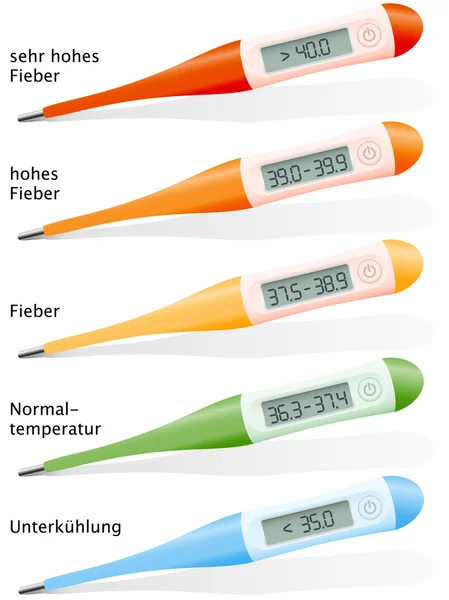 This is common with infections that cause fever. For kids who still drink and urinate (pee) normally, not eating as much as usual is OK.
This is common with infections that cause fever. For kids who still drink and urinate (pee) normally, not eating as much as usual is OK.
What Are the Signs of a Fever?
Kids with a fever might:
- feel warm
- act differently (they might be fussy or cranky, or quieter than usual)
- breathe a little faster or have a faster heart rate than normal
- have a headache
- have chills or sweating
- have red or flushed skin
For any of these signs, take your child’s temperature to know if they really have a fever.
If your child feels warm or is acting unwell, use a digital thermometer to confirm a fever. Different ways of taking the temperature are more accurate than others at measuring the true body temperature.
The best way to take a temperature:
- for kids 3 years old and younger: a rectal temperature
- for kids 4 or older who can cooperate: an oral temperature (by mouth)
- for any age: under the armpit (axillary) and temporal artery (forehead) are easiest but less accurate.
 Tympanic (in the ear) is OK for kids 6 months and older.
Tympanic (in the ear) is OK for kids 6 months and older.
It’s a fever when a child’s temperature is at or above one of these levels:
- rectal (in the bottom), tympanic (in the ear), or temporal artery (across the forehead): 100.4°F (38°C)
- oral (in the mouth): 100°F (37.8°C)
- axillary (under the arm): 99°F (37.2°C)
How Can I Help My Child Feel Better?
No treatment is needed if a child is still playing and drinking normally and doesn’t have pain.
Treating a fever with medicine isn’t needed if a child is still playing and drinking normally and doesn’t have pain. Give medicine only when a fever causes a child discomfort or keeps them from drinking.
While kids have a fever, keep an eye on them, help them to rest, and keep offering fluids to drink. They need to drink a little extra to make up for the fluids they lose from sweating.
Home Care Measures
Medicines
If your child is uncomfortable from a fever or not drinking fluids well, you can give one of these medicines:
- acetaminophen (such as Tylenol or a store brand)
or - ibuprofen (such as Advil, Motrin, or a store brand).
 Do not give to children under 6 months old.
Do not give to children under 6 months old.
Follow the package directions for how much to give and how often. If you don’t know the recommended dose or your child is younger than 2 years old, call the doctor to find out what to use and how much to give.
- If your child has any medical problems, check with the doctor to see which medicine to use.
- Unless instructed to by a doctor, never give aspirin to a child. Such use is linked to Reye syndrome, a rare but serious illness.
Do not give any medicine for fever to infants younger than 3 months old unless instructed to by a doctor.
Staying Comfortable
If your child has a fever:
- Have them wear lightweight clothing and stay covered with a light sheet or blanket. Heavy clothes and blankets can keep the body from cooling, which can make your child uncomfortable.
- Keep the room at a comfortable temperature — not too hot or too cold.

- Make sure they get plenty of rest. Staying in bed all day isn’t necessary, but a sick child should take it easy.
- They should stay home from school or childcare until their temperature has been normal for 24 hours.
Lukewarm sponge baths to lower a fever generally are not recommended. In fact, sponge baths can make kids uncomfortable from shivering. Never use rubbing alcohol (it can cause poisoning when absorbed through the skin) or ice packs/cold baths (they can cause chills that can raise body temperature).
Food and Drinks
Offer plenty of fluids to avoid dehydration because fevers make kids lose fluids faster than usual. Oral rehydration solutions (like Pedialyle, Enfalyte, or store brands) are a good choice. You also can give water, soup, ice pops, and flavored gelatin. Avoid drinks with caffeine, including colas and tea, which can make dehydration worse by making kids pee more often.
Let kids eat what they want (in reasonable amounts), but don’t force it if they don’t feel like eating much.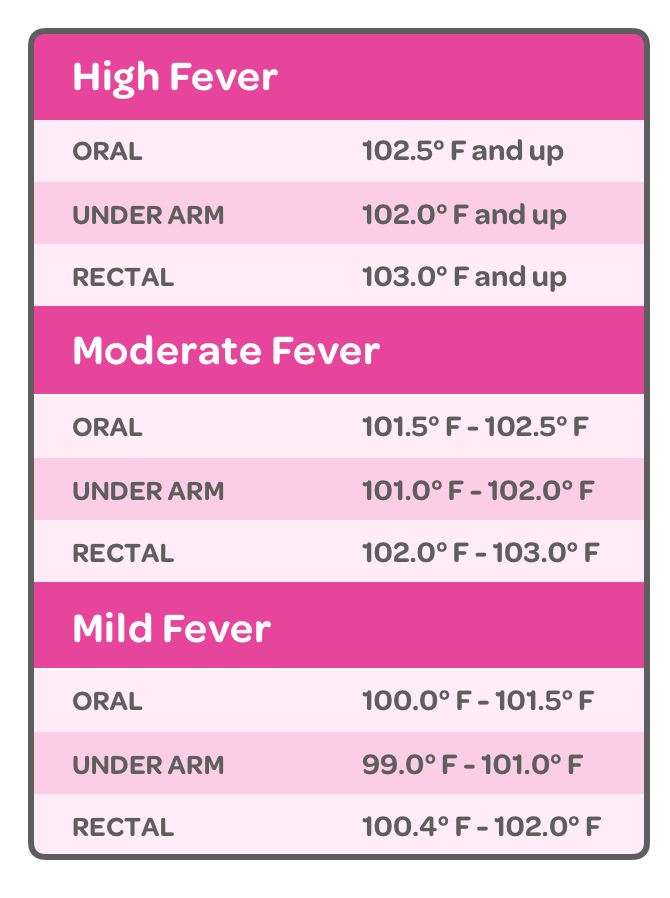
When Should I Call the Doctor?
The temperature that should trigger a call to the doctor depends on a child’s age, the illness, and whether they have other symptoms. You might ask if your doctor has specific guidelines on when to call about a fever.
In general, call the doctor if your child is:
- younger than 3 months old with a rectal temperature of 100.4°F (38°C) or higher
- 3 months or older with a temperature higher than 102.2°F (39°C)
- any age but has a health problem like cancer or sickle cell disease and has a fever
Also call if a child 3 months or older has a fever and:
- refuses fluids or seems too ill to drink enough
- has lasting diarrhea or repeated vomiting
- has any signs of dehydration (peeing less than usual, not having tears when crying, less alert and less active than usual)
- has a specific complaint (like a sore throat or earache)
- still has a fever after 2–3 days
- has a rash
- has pain while peeing
Get emergency care if your child shows any of these signs:
- crying that won’t stop
- extreme irritability or fussiness
- sluggishness and trouble waking up
- a rash or purple spots that look like bruises on the skin (that were not there before your child got sick)
- blue lips, tongue, or nails
- in an infant, the soft spot on the head seems to be bulging out or sunken in
- stiff neck
- severe headache
- limpness or refusal to move
- trouble breathing that doesn’t get better when the nose is cleared
- leaning forward and drooling
- seizure
- moderate to severe belly pain
What Else Should I Know?
All kids get fevers, and in most cases they’re back to normal within a few days. For older babies and kids, the way they act can be more important than the reading on your thermometer. Everyone gets a little cranky when they have a fever. This is normal and should be expected.
For older babies and kids, the way they act can be more important than the reading on your thermometer. Everyone gets a little cranky when they have a fever. This is normal and should be expected.
But if you’re ever in doubt about what to do or what a fever might mean, or if your child is acting ill in a way that concerns you even with no fever, always call your doctor for advice.
Medically reviewed by: Melanie L. Pitone, MD
Date reviewed: November 2022
High temperature
High temperature (fever, hyperthermia) is a normal and healthy reaction of the body to an infection – bacterial or viral. Actually, fever is a symptom of a disease, not a disease. An increase in body temperature helps kill the virus or bacteria causing the infection.
High body temperature is considered if it is 38°C or higher. An area of the brain called the hypothalamus regulates body temperature. If body temperature rises above or falls below 37°C, the hypothalamus begins to regulate temperature.
The degree of fever may not indicate how serious the condition is. With a minor illness, such as a cold, a fever may rise, and with a very serious infection, there may be little or no temperature at all. Along with fever, other symptoms are also important.
High temperature symptoms
Light (subfebrile) temperature 37.1-37.9
At a light temperature, a blush appears, fatigue is felt, the body is warm to the touch. There may be a headache. Typically, a person with a mild fever can perform normal daily activities.
Moderate (febrile) temperature (38° to 38.9°C)
High (pyretic) temperature (39° to 41°C)
At moderate and high temperatures, the heat of the skin is felt to the touch, chills or trembling appear. Because of the feeling of weakness, I want to lie down.
Excessive (hyperpyretic) temperature (41°C or higher)
With excessive temperature, severe weakness is felt, it is difficult for a person to move, appetite disappears.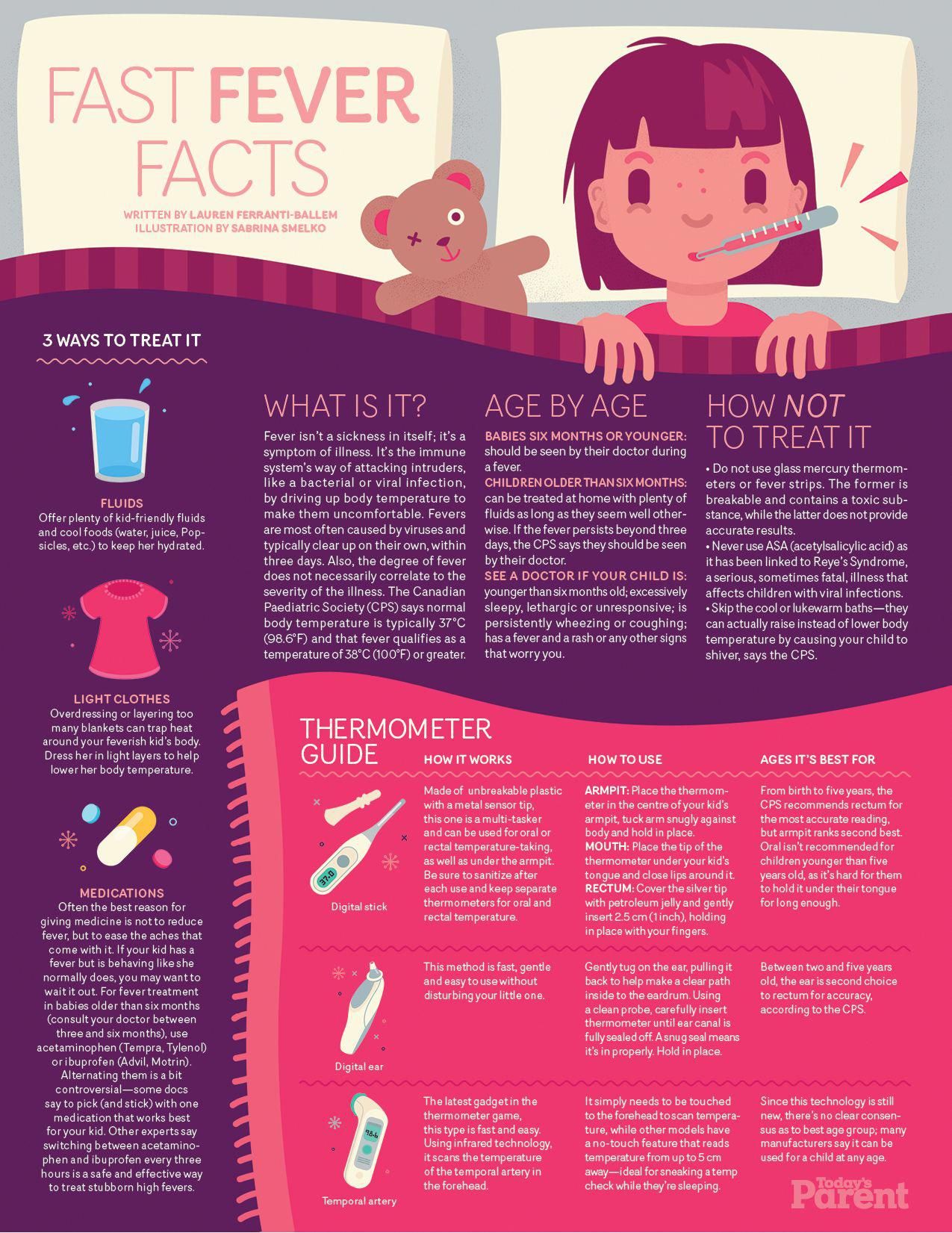 Quite quickly, especially in children, dangerous signs of dehydration appear: rare urge to urinate, pale skin, dry lips, etc.
Quite quickly, especially in children, dangerous signs of dehydration appear: rare urge to urinate, pale skin, dry lips, etc.
Causes
Common conditions that can cause a high body temperature include:
- acute respiratory infections,
- influenza and influenza-like conditions,
- gastroenteritis,
- ENT infections (sinusitis, tonsillitis, otitis, etc.),
- kidney or urinary tract infections,
- infectious childhood diseases such as chicken pox, scarlet fever, rubella (rubella), whooping cough and rheumatic fever,
- heat stroke,
- teething in infants can cause mild low-grade fever, etc.
After vaccination, the temperature may also rise slightly – this is considered a variant of the norm.
Fever diagnosis
Despite the fact that the temperature is easy to measure with a thermometer, the cause of its rise can only be determined after clarifying all the symptoms and previous conditions.
Treatment of fever
Elevated body temperature is part of the immune system’s response to bacteria, viruses, and other pathogens. Helps the body fight infection. However, very high temperatures can sometimes lead to complications.
The most common treatments for fever include over-the-counter over-the-counter medications. Children and teenagers should not take aspirin because it has been linked to a condition called Reye’s syndrome.
To reduce elevated body temperature at home contribute to:
- drink plenty of water (water, compotes, juices, rehydrating drinks, etc.),
- bed rest,
- keeping the room cool,
- lightweight clothing that does not warm the body.
Treatment of fever in a child
Usually, parents care for their child at home, and pediatricians recommend starting measures to lower the temperature if it has risen to 38.5 ° C. It is safe to alternate between ibuprofen and paracetamol at the age-appropriate dose.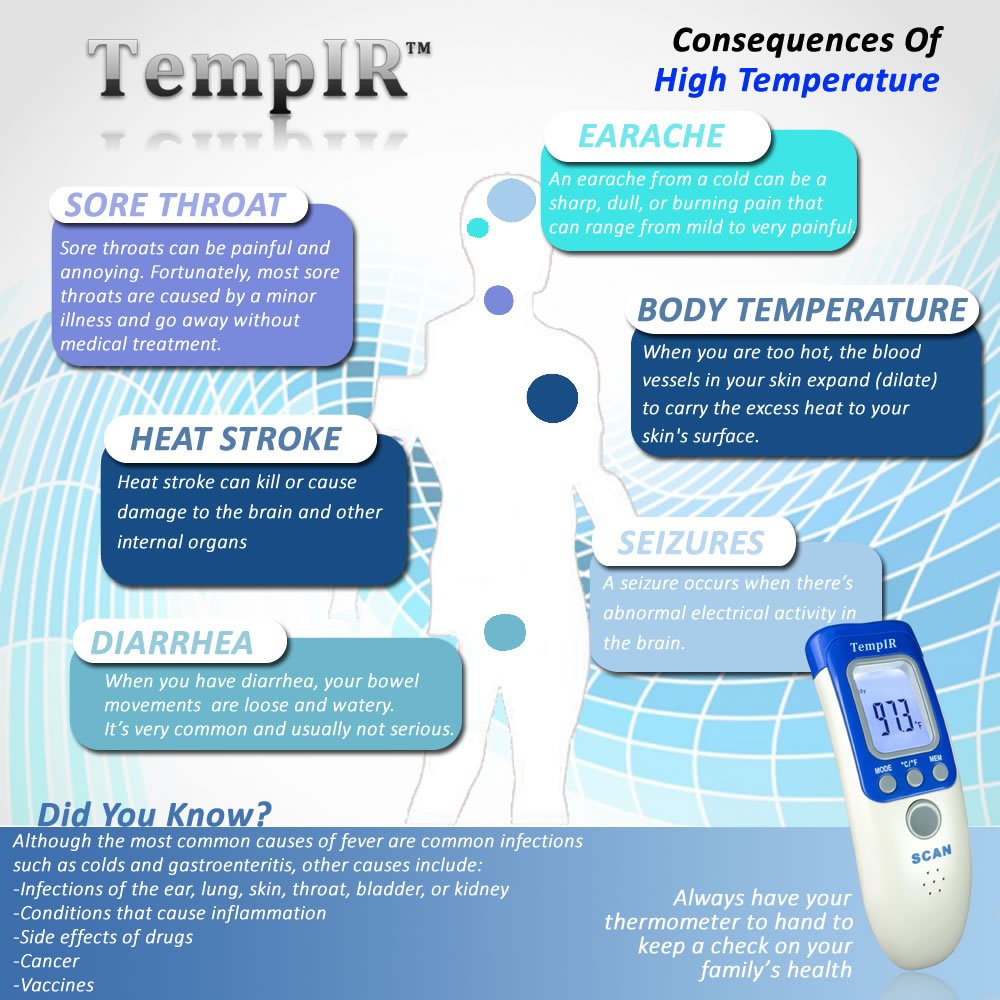 In addition to taking children’s pharmaceutical antipyretics in a dosage appropriate for the age and weight of the child, you should:
In addition to taking children’s pharmaceutical antipyretics in a dosage appropriate for the age and weight of the child, you should:
- undress the child to the underwear,
- do not wrap, do not cover with a warm blanket;
- give the child plenty of fluids;
- regularly check the child’s condition at night;
- offer the child light food.
Do not wipe or splash the child with cold water.
Call your pediatrician immediately if your child:
- is under 3 months old and has a temperature of 38°C,
- age 3 to 6 months, and temperature 39°C or more,
- if, in addition to high fever, there are other signs of illness, such as rash, etc.,
- high temperature persists for more than 5 days,
- high temperature in a child is not reduced by paracetamol or ibuprofen,
- showed signs of dehydration – infrequent urination, sunken eyes and no tears if the child cries.

Fever in an adult
Many causes can cause a high temperature in adults, but most often it means that an infectious agent has entered the body. However, a high temperature can also be caused by non-infectious causes, so it is important to monitor all your symptoms and if the high temperature persists for more than 3 days, you should consult a general practitioner. In addition to establishing the objective cause of the fever, the therapist will recommend an antipyretic.
Temperature at elevated pressure
The simultaneous increase in body temperature and blood pressure often occurs suddenly, without any prerequisites. The most serious diseases that high blood pressure and body temperature can indicate are vegetative disorders, kidney disease, and thyroid dysfunction. In such cases, you should consult a general practitioner.
Author
Galimova Zulfiya Ravilievna
therapist
Doctor of the highest category
Experience 23 years
+7 (495) 032-15-21
due to what disease and what to do
Fever is often one of the symptoms of the disease: at the same time, cough, runny nose, diarrhea, nausea or other signs may appear, by which doctors or we ourselves unambiguously diagnose the disease.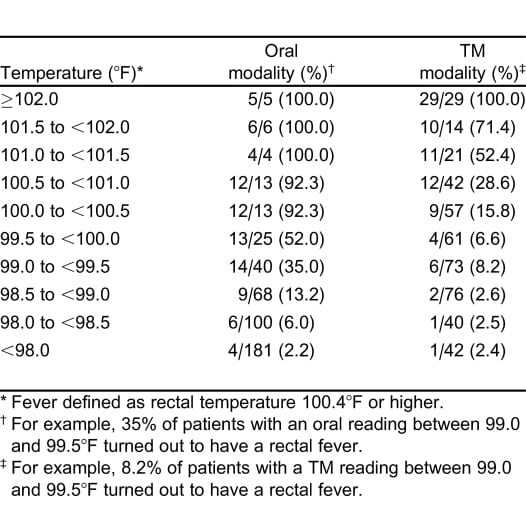 But what does it mean if the temperature rises without symptoms?
But what does it mean if the temperature rises without symptoms?
Tags:
Coronavirus
Oncological diseases
infections
temperature
bacteria
Fever in children and adults
A temperature of 35.6 to 37.2 is considered normal, and most accept the “gold standard” of 36.6 as normal. Temperature fluctuations occur throughout the day and this is completely normal. To better understand the issue, also read why there is a low body temperature.
But when and why should you worry? An elevated temperature in adults is a temperature above 38 degrees that persists for some time. Most often, the temperature itself does not require special treatment, but it can cause severe weakness and discomfort – in this case, doctors recommend not to endure and accept it. Also, if there are no contraindications, you can try to bring down the temperature without medication.
In addition, the following signs should be cause for concern:
- temperature that does not drop and rises over time;
- breathing problems and chest pain;
- severe pain or swelling;
In this case, it is better to consult a doctor or call an ambulance.
Often, children have a slightly higher temperature than adults, and therefore they usually do not bring it down until the thermometer shows 38.5. However, it is important to monitor whether the temperature is rising and how quickly it happens – too high a temperature can provoke convulsions and other complications. You need to be especially careful if …
ADVERTISING – CONTINUED BELOW
- … the child has a fever without symptoms and it is difficult for him to eat and drink;
- …there is great weakness;
- …the temperature cannot be brought down, it rises again and again.
How do you know if the temperature is too high?
Adults often themselves understand that their temperature has risen, focusing on their own feelings. Additional signs – cold symptoms or symptoms of an intestinal infection will only confirm suspicions. However, if a high temperature has risen without symptoms, many believe that it just seems to them, because otherwise the state of health can be quite acceptable.
Additional signs – cold symptoms or symptoms of an intestinal infection will only confirm suspicions. However, if a high temperature has risen without symptoms, many believe that it just seems to them, because otherwise the state of health can be quite acceptable.
To be sure, of course, you should use a thermometer, but here are a few signs by which you can suspect a fever even without a thermometer.
Touch the forehead
A method that most mothers are familiar with. They touch their forehead with their lips or the back of their hand. This approach works best if you need to detect the temperature in someone, and not in yourself. The person himself may not notice the rise in temperature in this way.
In other cases, deviations from the normal temperature will most likely be quite obvious, but, of course, this method cannot be called very accurate.
Pinch the skin on the arm
One of the signs that accompany high fever is dehydration. Fluid loss can be deadly for young children and should therefore not be tolerated. The simplest test for dehydration is to gently pinch the skin on your arm. If the crease is quickly smoothed out and the skin takes on its original appearance, then everything is ok. With dehydration, straightening will not occur instantly, but will take some time.
Fluid loss can be deadly for young children and should therefore not be tolerated. The simplest test for dehydration is to gently pinch the skin on your arm. If the crease is quickly smoothed out and the skin takes on its original appearance, then everything is ok. With dehydration, straightening will not occur instantly, but will take some time.
However, dehydration is far from being the only and not obligatory sign of fever.
Look at the face
An increase in temperature in children and adults is most often accompanied by reddening of the skin. On the face, especially on the cheeks, the color change will be especially noticeable. If you or your loved ones suddenly have reddened cheeks – and we are not talking about allergies – it may be a high temperature.
Pay attention to the color of the urine
Another sign associated with high fever and dehydration is a change in the color of the urine. Urine becomes more concentrated and darker in color, so orange or brown urine is also one of the common effects of fever.
Why you get a fever without symptoms: 5 possible causes
You can actually have a fever without obvious reasons. To describe this condition, a special term “fever of unknown origin” was coined, which is used in cases where the temperature rises above 38.3 degrees, but no other signs of the disease are observed. In order to establish the cause of fever without symptoms, you need to consult a doctor, take tests and undergo a series of examinations. Here are just some of the reasons that can cause fever in children and adults
Coronavirus infection
Coronavirus symptoms without fever include weakness, cough, trouble breathing, change or loss of smell, decreased appetite. But another situation is also possible: a fever without symptoms with covid will be the only sign indicating that something is going wrong in the body. Obvious signs of the disease may appear after a few days or not at all.
Common cold
Yes, colds caused by adenoviruses can often occur without typical cold symptoms – cough, runny nose, headache.


 Tympanic (in the ear) is OK for kids 6 months and older.
Tympanic (in the ear) is OK for kids 6 months and older. Do not give to children under 6 months old.
Do not give to children under 6 months old.